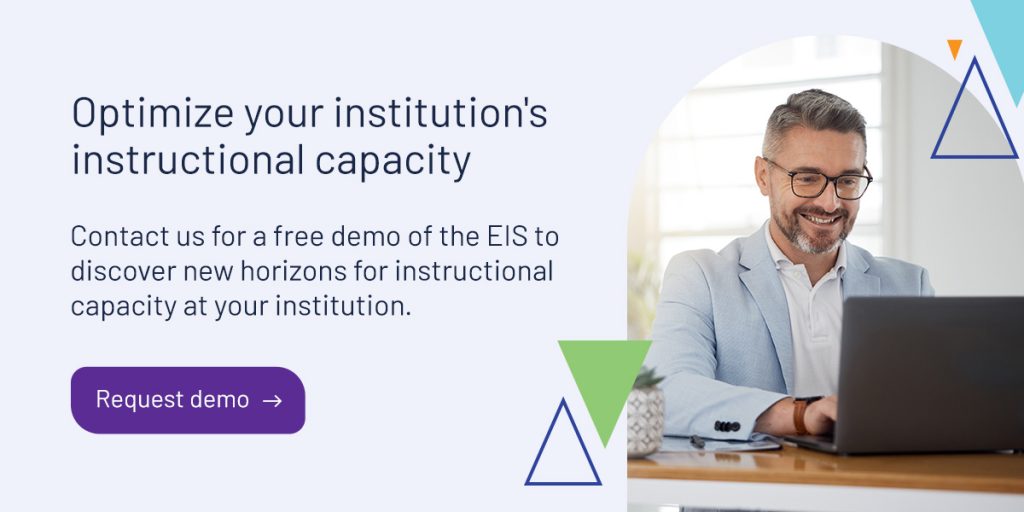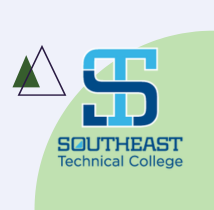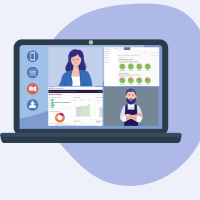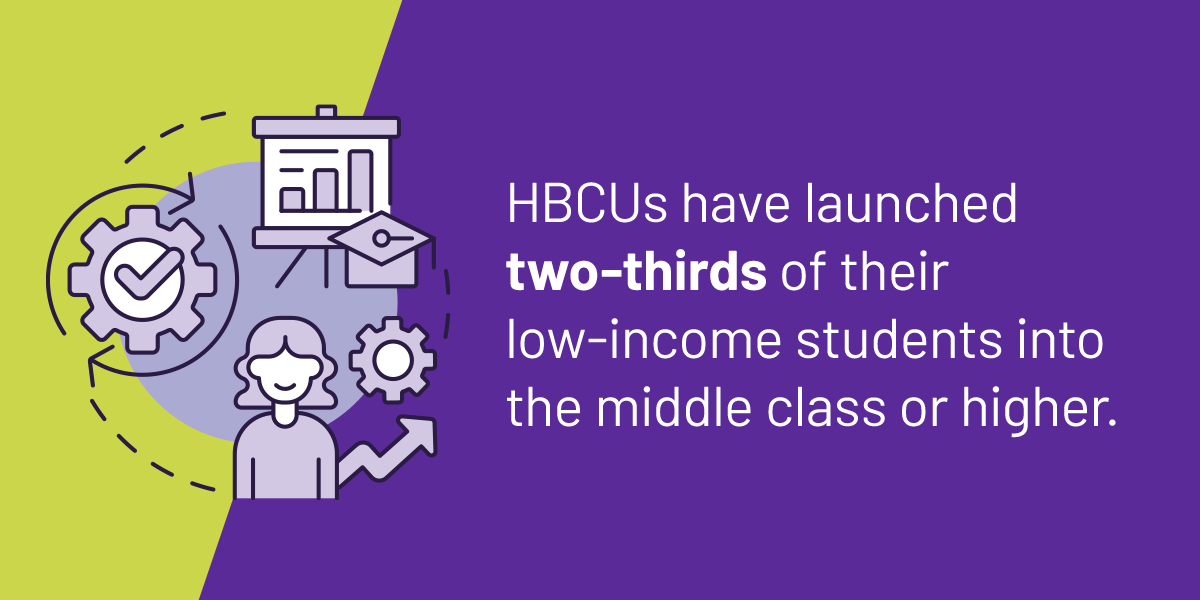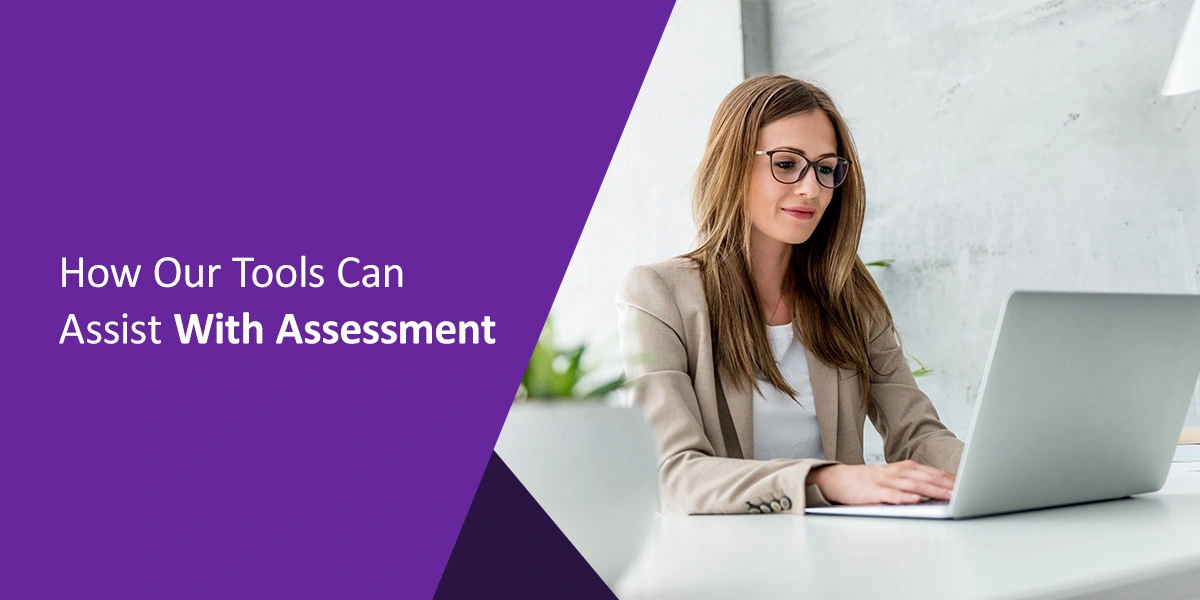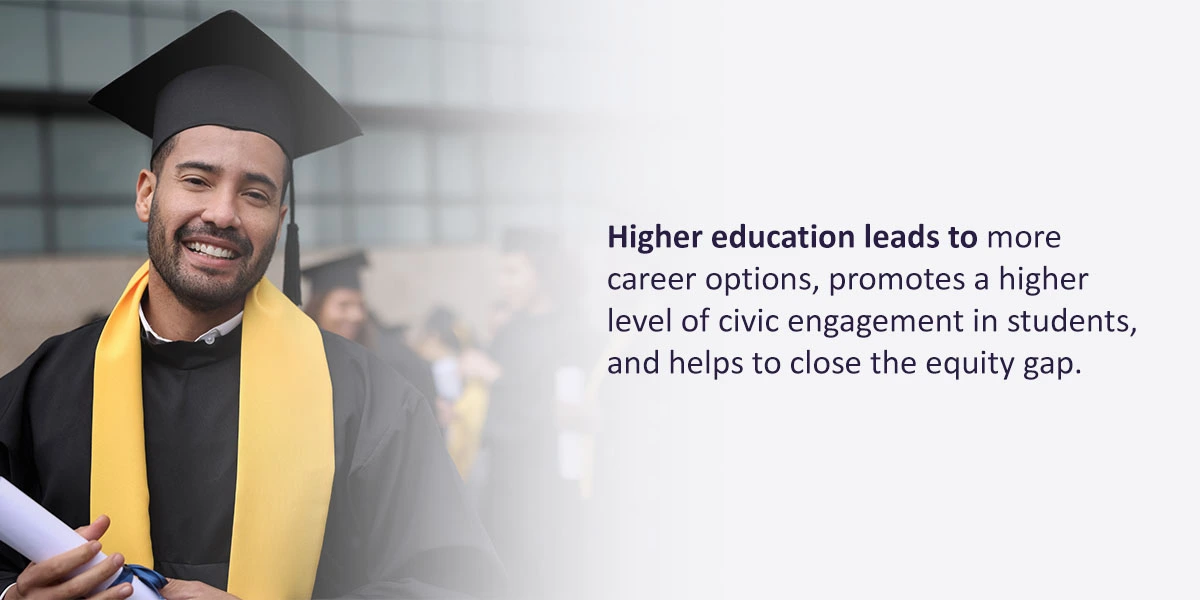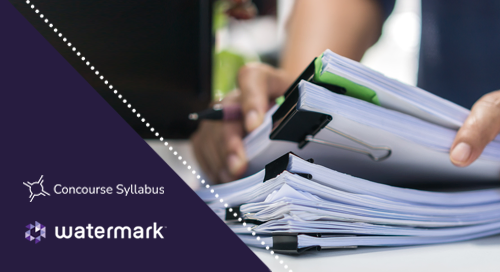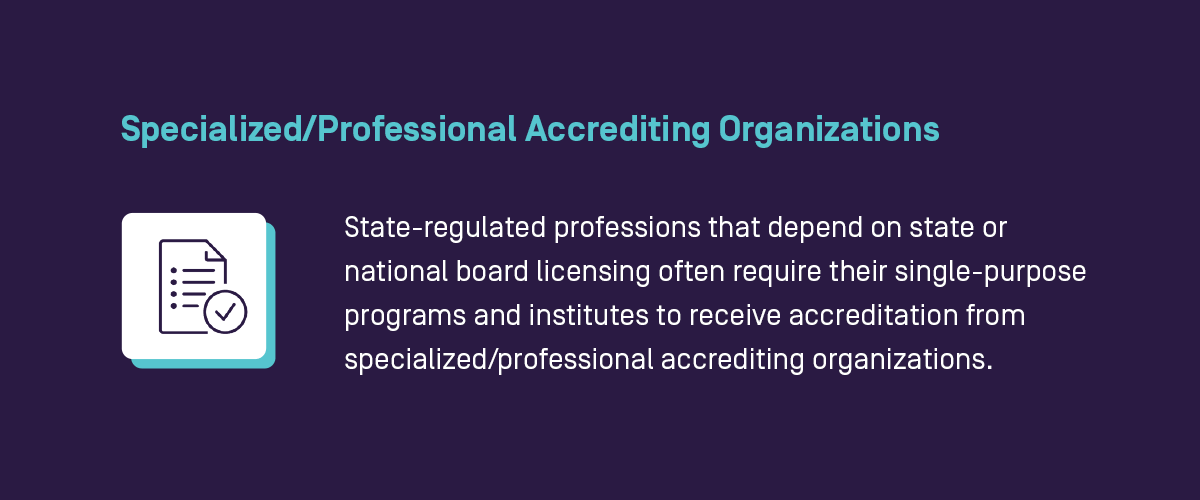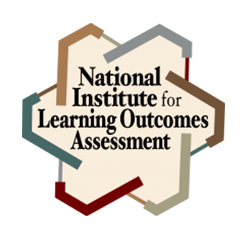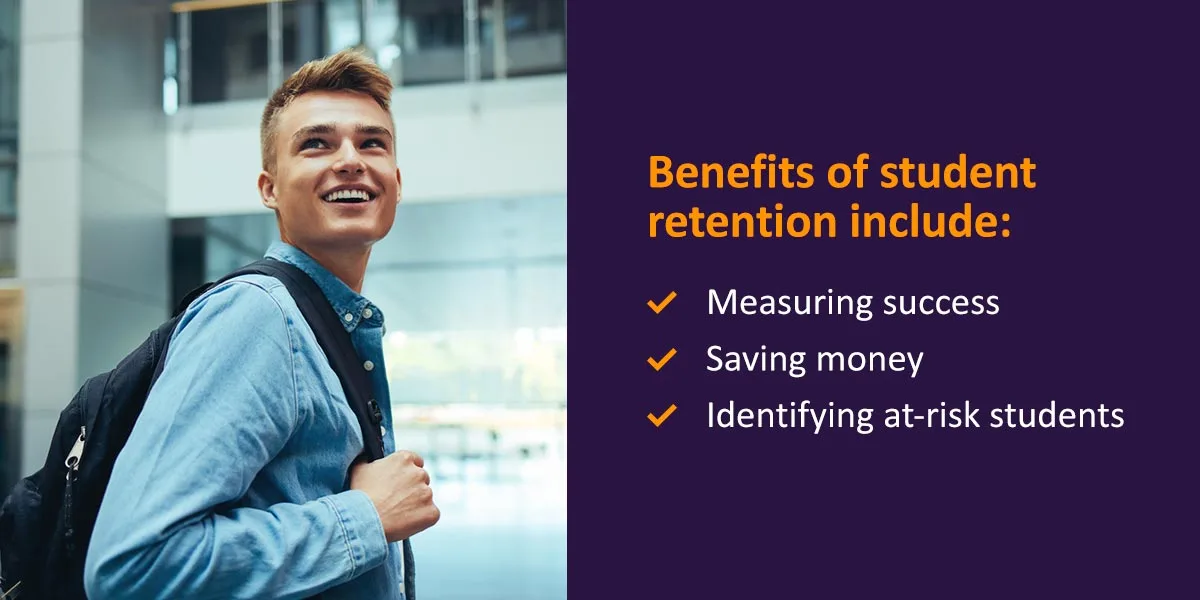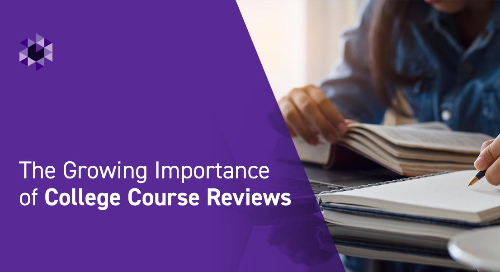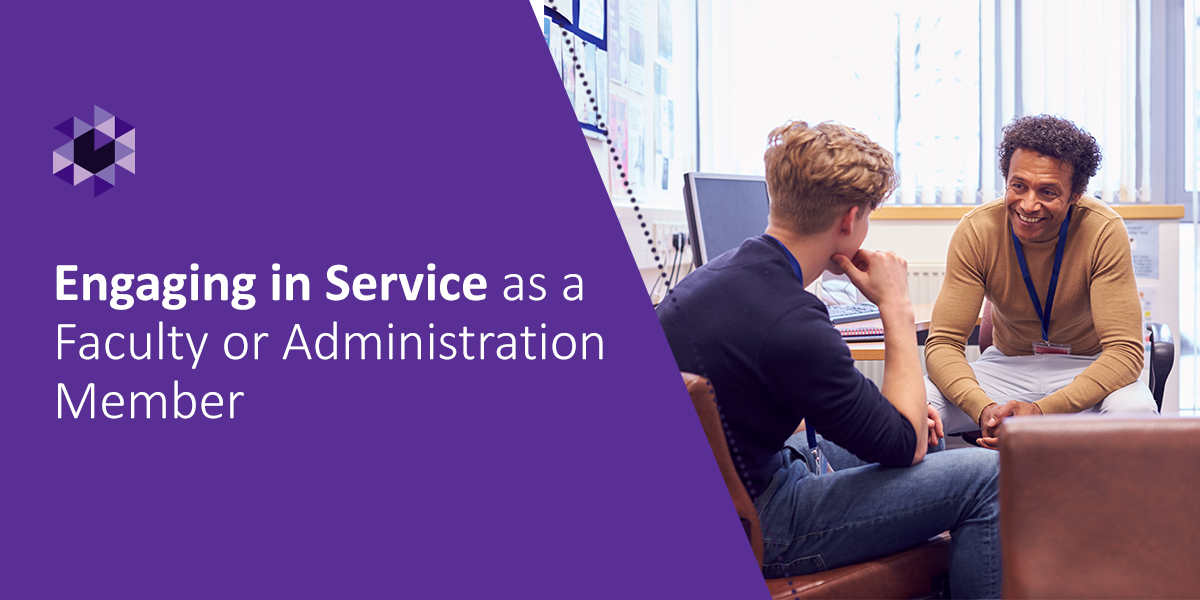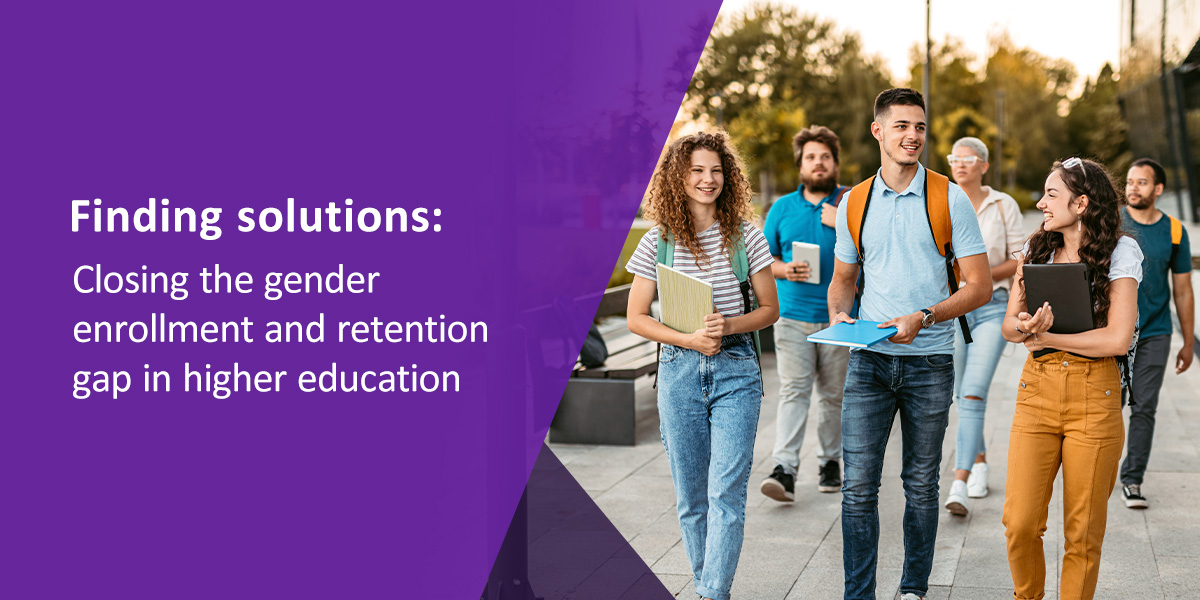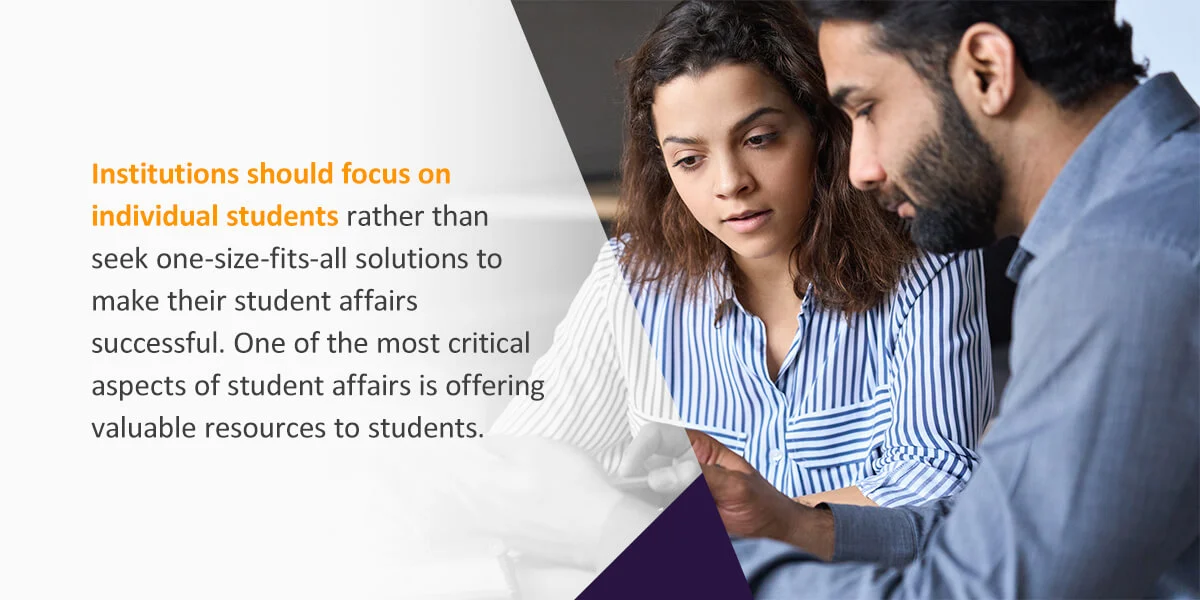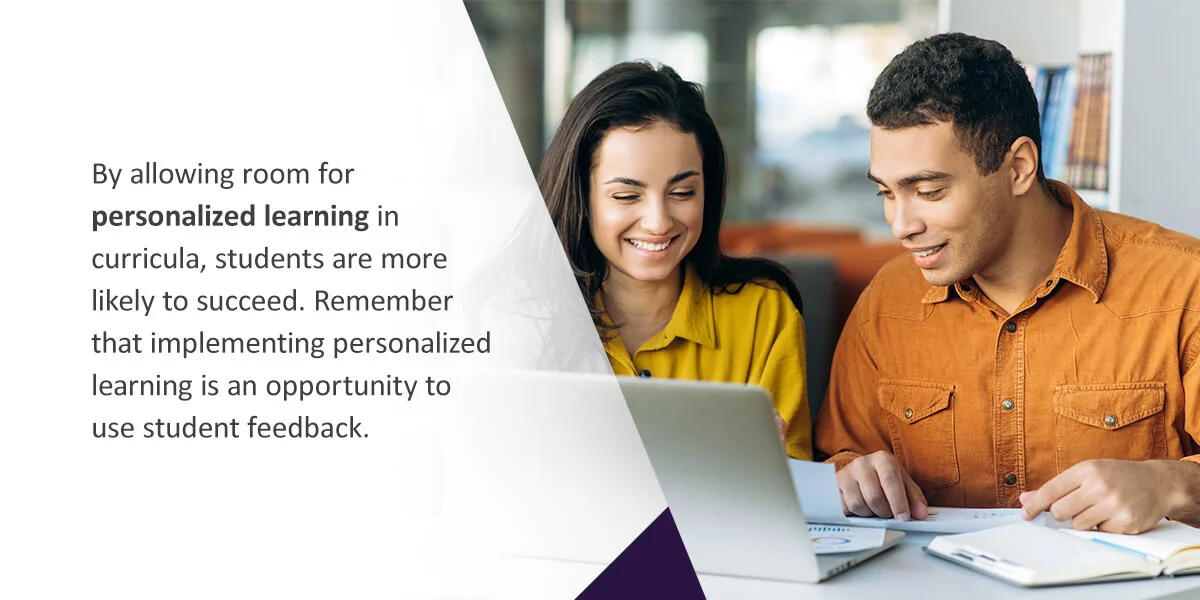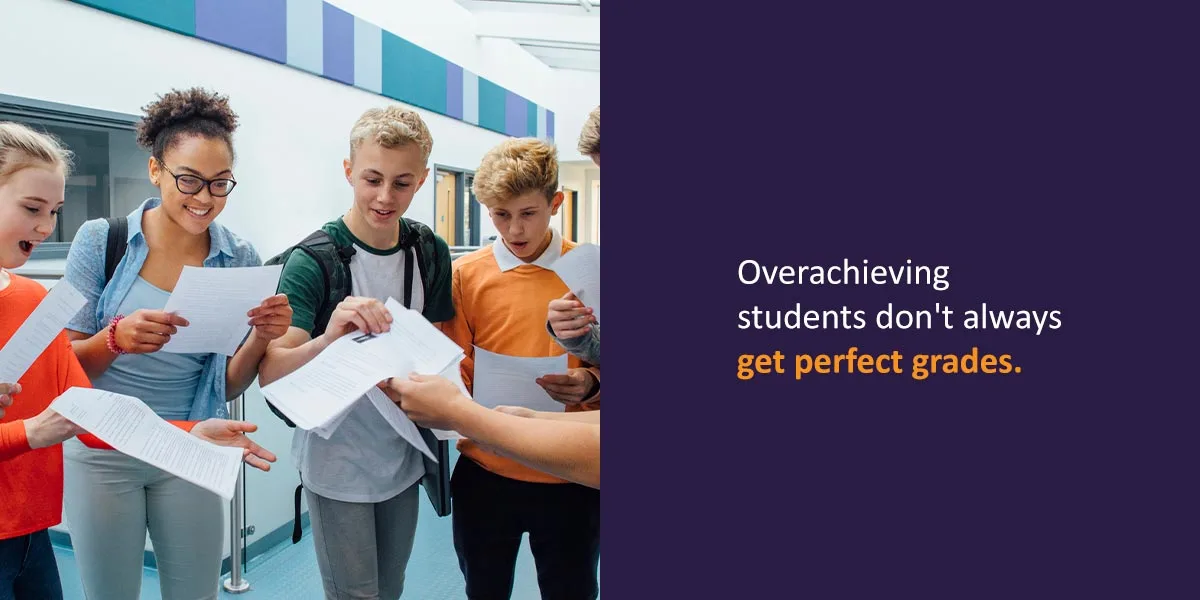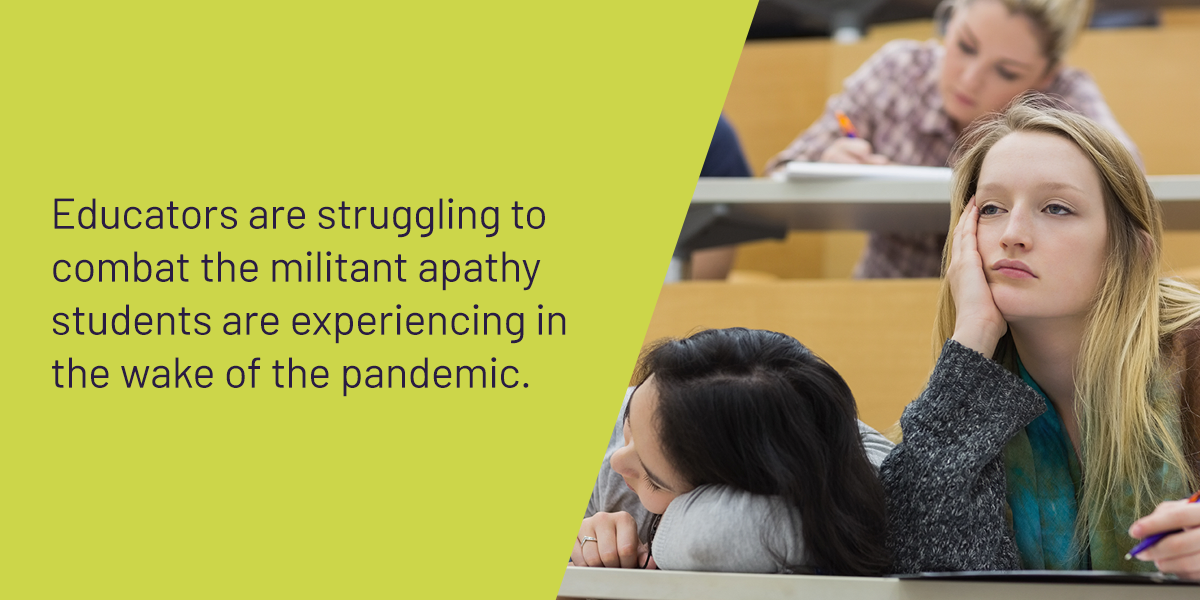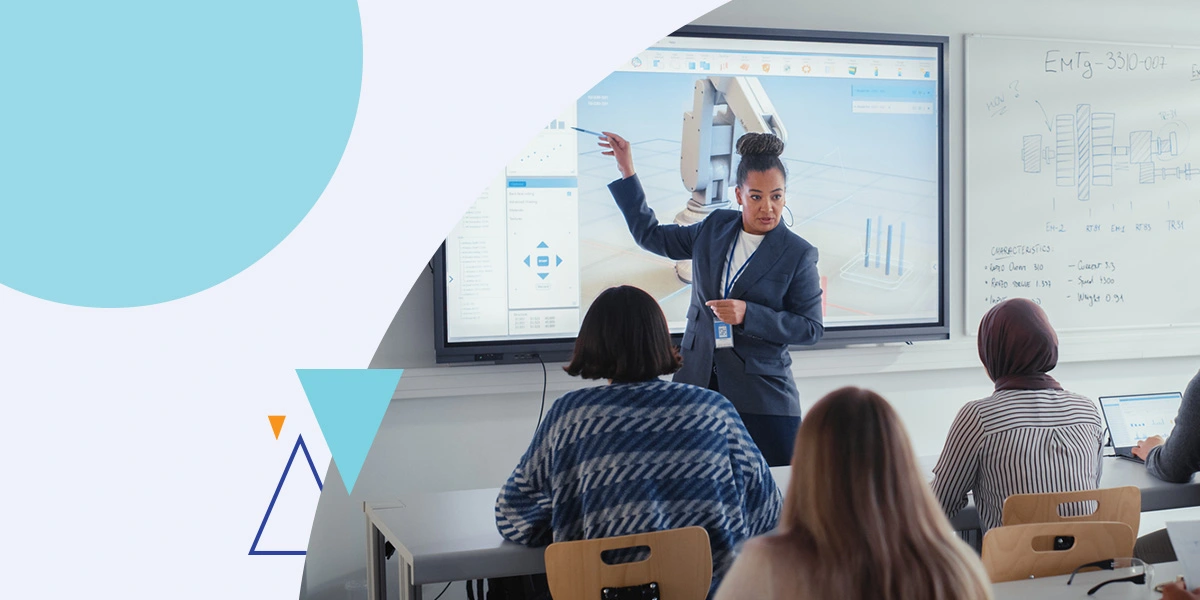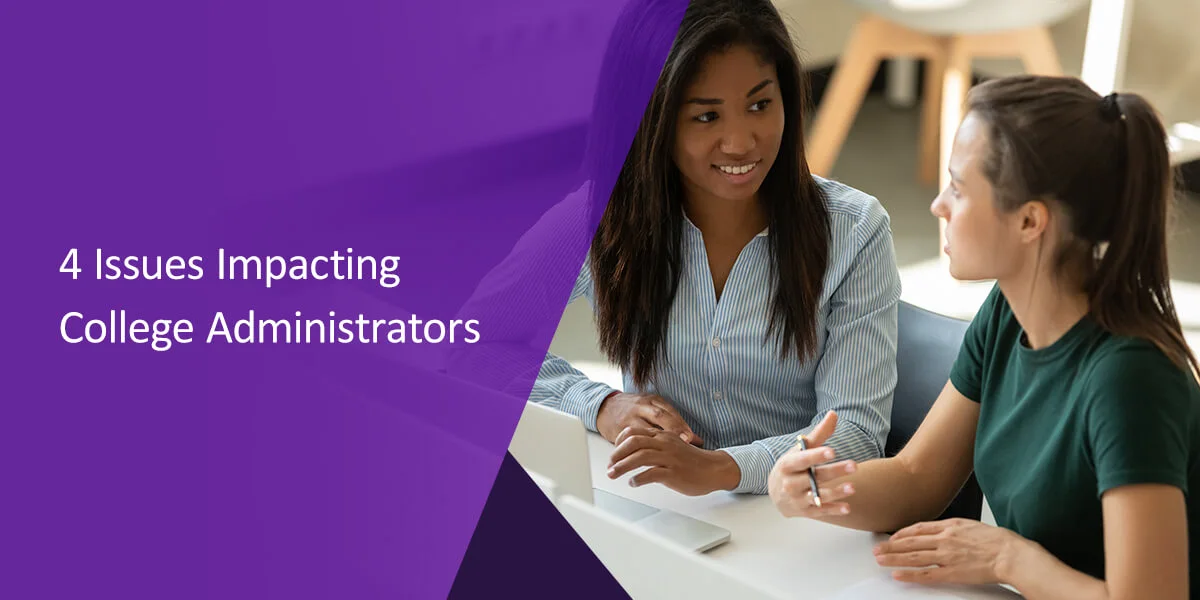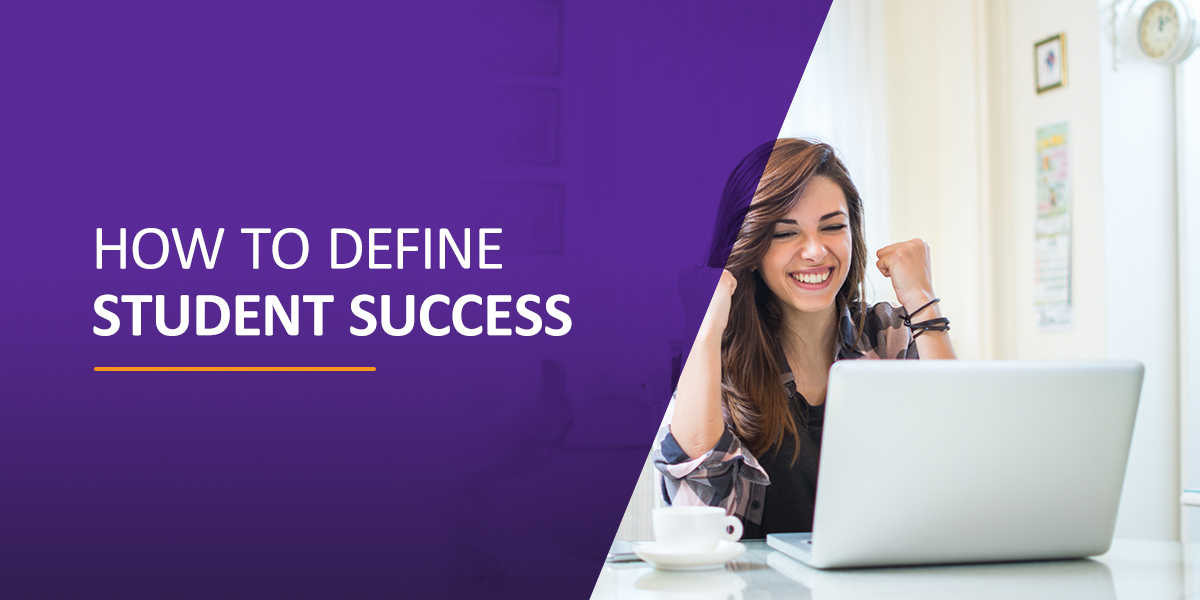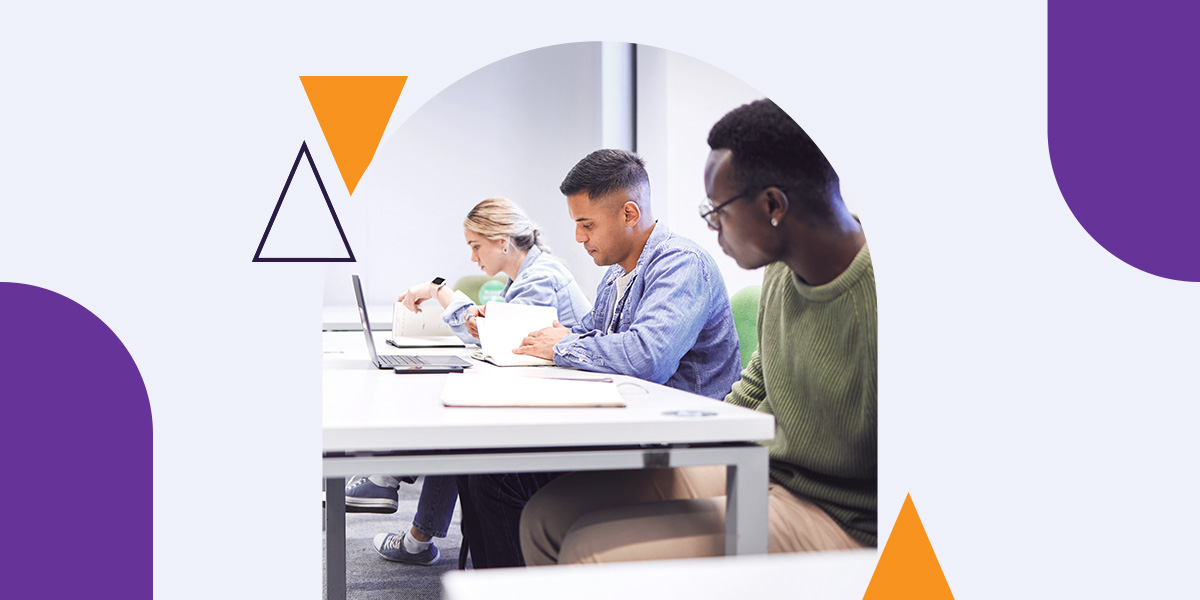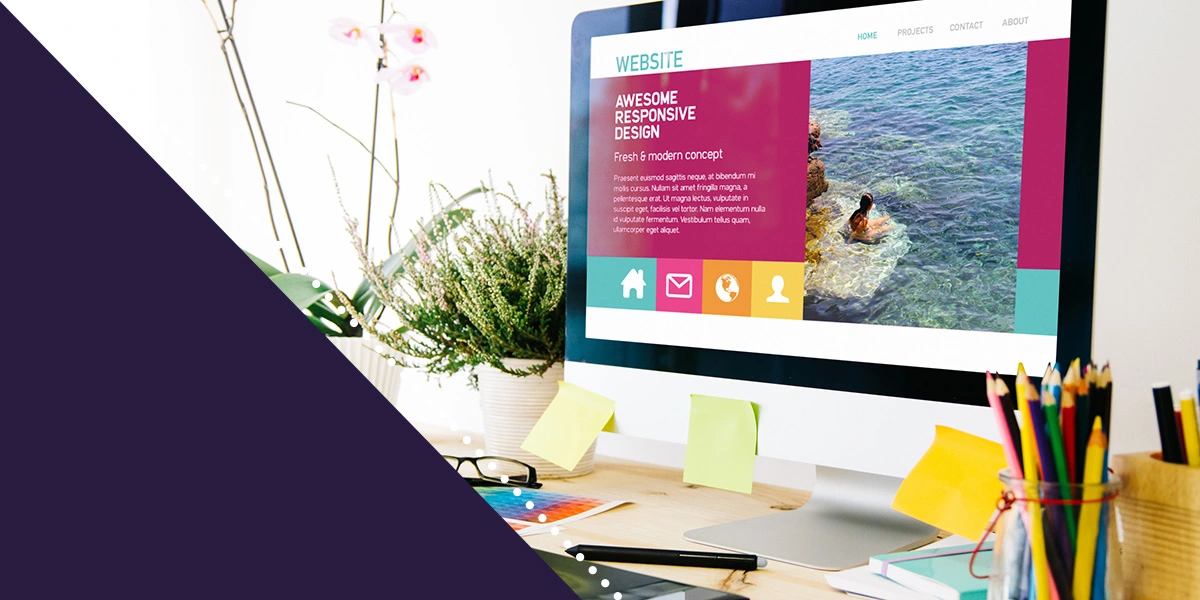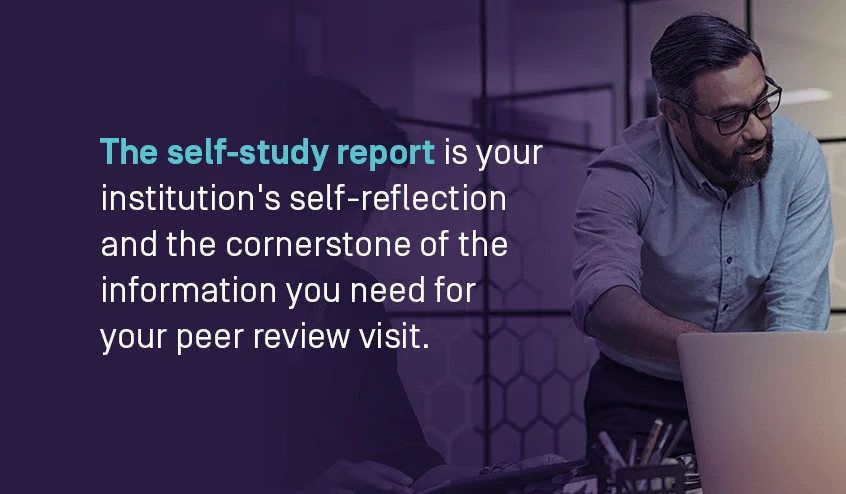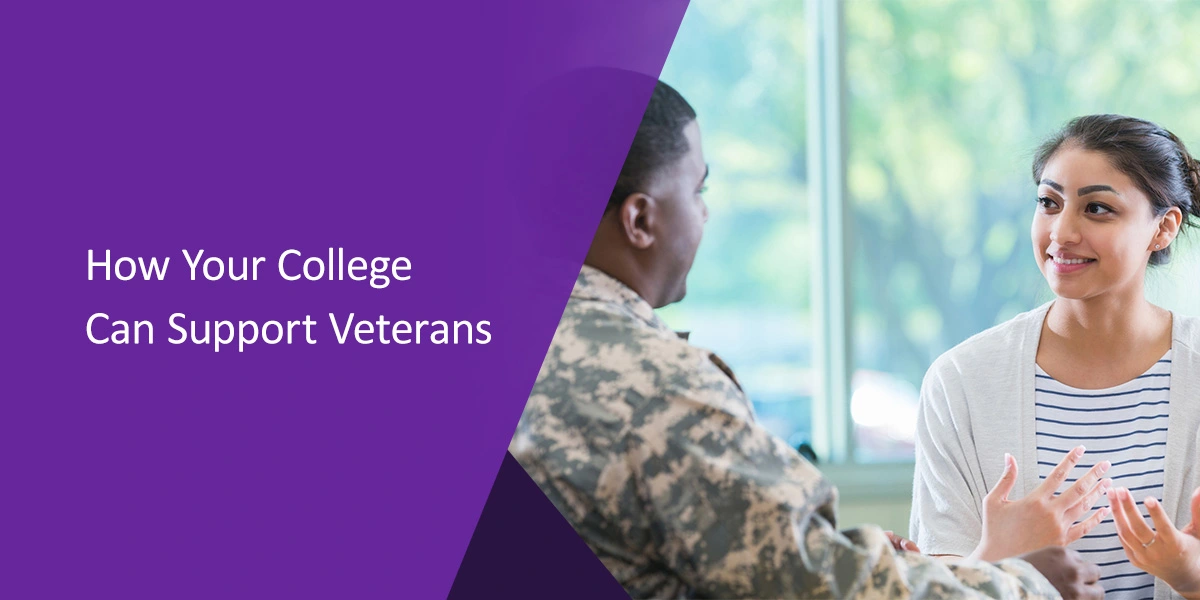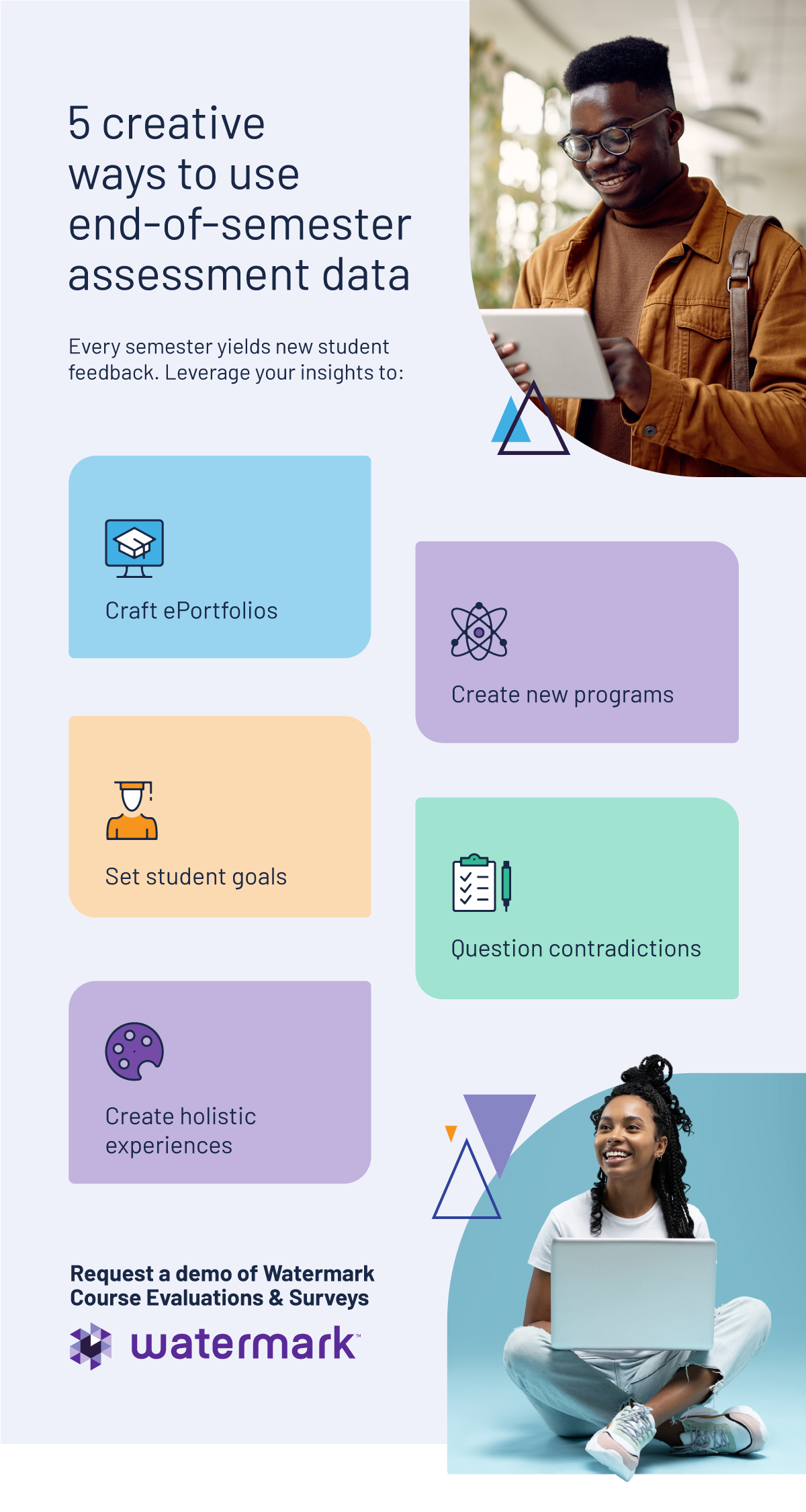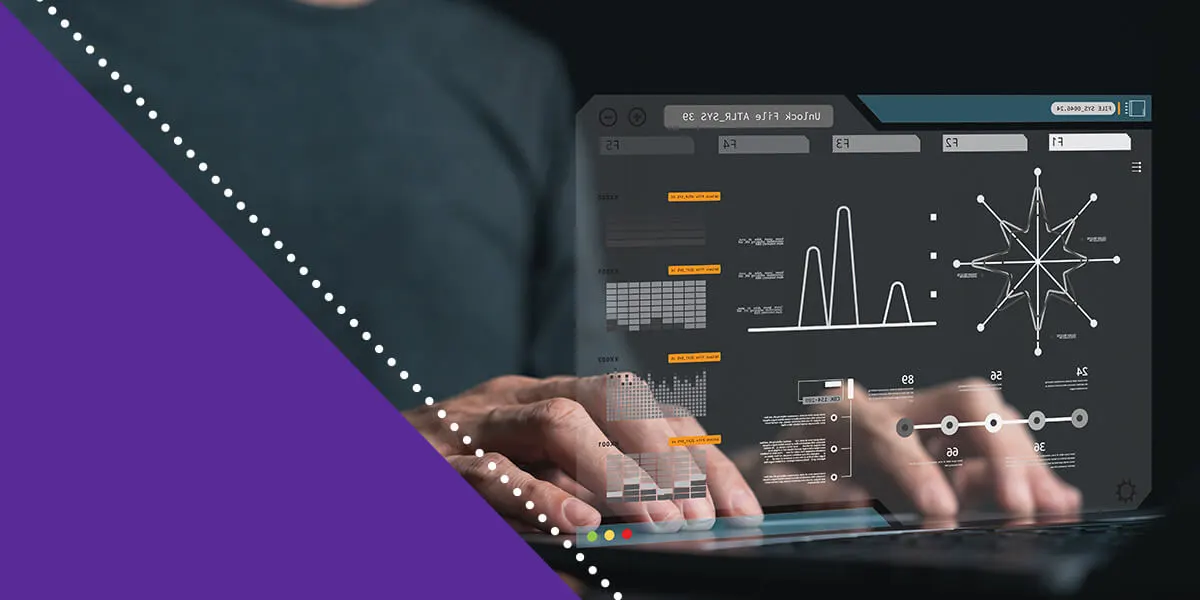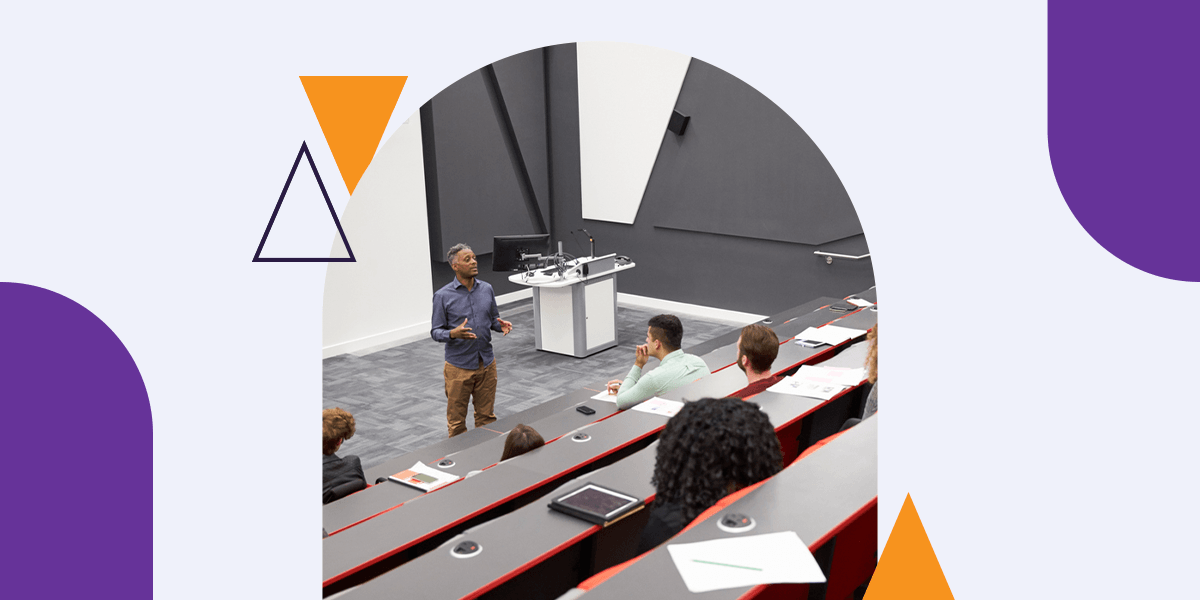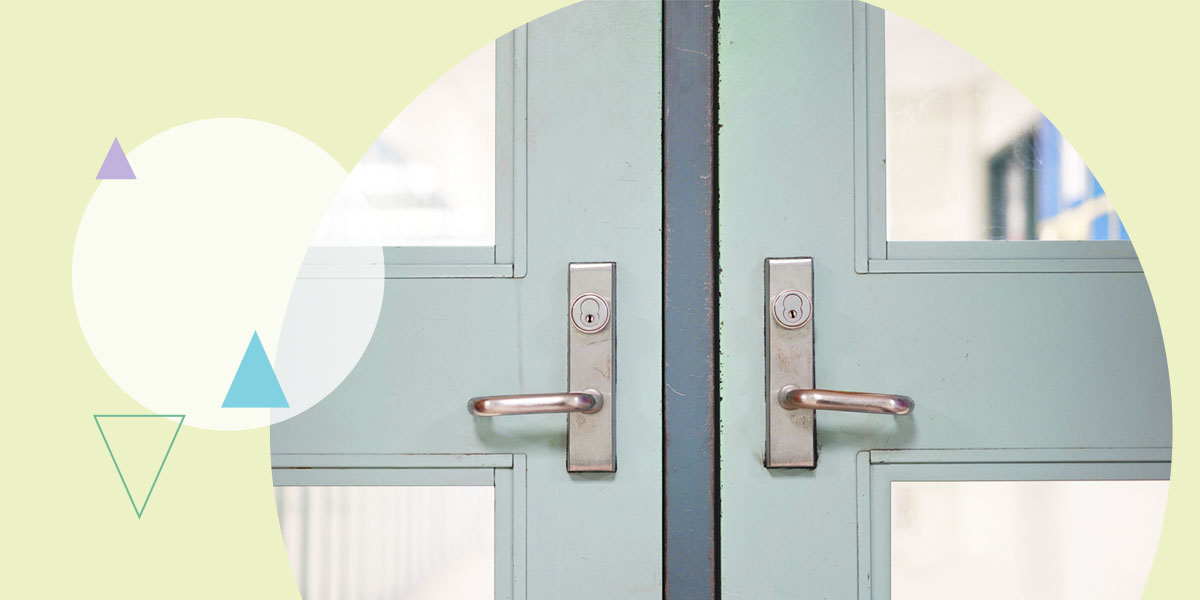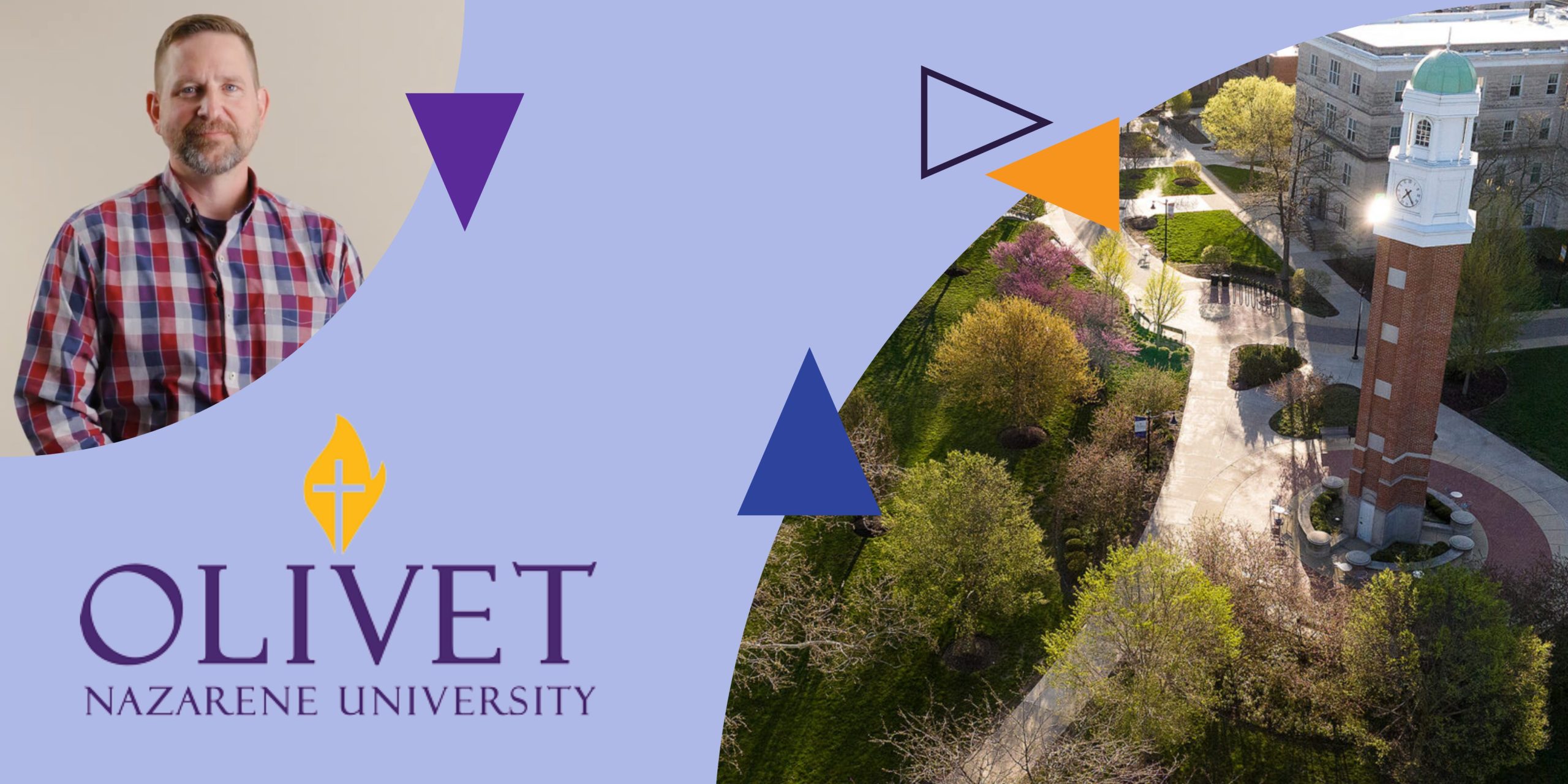
Higher education institutions are vying to attract students as they face a potential enrollment cliff over the coming years. In this competitive landscape, one decisive factor in your institution’s success is its instructional capacity — its ability to provide a high-quality educational experience to as many students as its educational resources can support.
However, this capacity is multifaceted, and creating the most impactful learning experience for each student while maintaining or growing enrollment numbers requires optimizing your educational resources for excellence and efficiency. This guide explores the tools and strategies your institution needs to build instructional capacity.
What is instructional capacity in higher education?
Instructional capacity measures the resources your institution has and the educational experiences you can create by using them. You can take a quantitative view of instructional capacity, measuring the maximum number of students your institution could teach effectively, or a qualitative view, measuring the educational value you can deliver to each student.

Institutional resources are the building blocks of instructional capacity. Resources that contribute to instructional capacity include:
- People: Your lecturers, administrators, and student support staff are foundational to your institution’s instructional capacity. You need enough skilled professionals on your team to teach and support your students.
- Curricula and teaching materials: The content your students study forms the blueprint of their learning experience. You need an adequate supply for your student population, and better quality materials can create a more efficient teaching process.
- Knowledge and skills: The hard and soft skills, experience, and expertise your faculty members bring to the table determine their effectiveness at serving students and affect the workload they can handle.
- Technology: Software, computers, and other technological tools can enhance the learning experience for students and increase efficiency in teaching and administration.
- Infrastructure: In-person teaching capacity is tied to the number of students your campus and classrooms can accommodate. Digital infrastructure also comes into play, especially if you take a hybrid or online approach.
- Finances: The healthier your institution’s cash flow, the more you can invest in other key resources to build instructional capacity. Financial resources also allow your institution to put increased capacity to work by attracting more students through marketing campaigns and financial aid.
- Time: Teaching and supporting students takes time, measured in total work hours across your institution. Because time is scarce and irreplaceable, optimizing the time your team has is vital. When efficient systems, skills, and technologies empower your team to do more for students within each work hour, your instructional capacity grows.
- Organizational structures and systems: Institutional structures, systems, and processes are the cement holding your instructional capacity’s building blocks together. Effective organization facilitates communication, collaboration, and optimal resource allocation to maximize the effectiveness of every other resource for building instructional capacity.
How can higher education institutions assess instructional capacity?
To choose the ideal strategies for enhancing instructional capacity at your institution, you need an accurate assessment of your current capacity, the resources contributing to it, and how effectively you’re using those resources. Your institution can track several metrics and KPIs to understand your instructional capacity.
Student-to-faculty ratios
This is a traditional metric for instructional capacity and quality control. Many institutions put a program-wide or institution-wide cap on student-to-faculty ratios to ensure instructional quality, meaning recruiting more faculty members is necessary to create capacity for increased student enrollment.
Institutions with fewer students to each faculty member can offer a personalized learning experience and have room for growth. Those with higher student-to-faculty ratios may need to recruit more lecturers or adapt the instructional mode to increase their capacity while preserving educational quality.
Student credit hours per instructor
To calculate average student credit hours (SCH) per lecturer, add the total number of program credit hours all your students complete and divide the sum by the number of instructors. Whereas faculty-to-student ratios help predict your faculty’s potential to engage students, tracking average SCH highlights the real teaching productivity your lecturers are achieving.
Average class size
Average class size is a conventional metric for instructional capacity and quality. Assuming smaller classes allow for high-quality, personalized engagement and that most classes will be close to average size, a lower average class size indicates that your institution has the capacity to deliver quality instruction and potentially enroll more students.
Student distribution across course sizes
Some institutions have courses with much higher enrollment numbers than others. In this case, there’s less value in considering average class sizes. Student distribution across course sizes reveals how many of your students are in large, average, and small classes.
Looking at the classes in each of these categories can help your institution ensure the more popular courses get the resource allocation they need to improve the student experience while exploring how to attract more students to courses that haven’t reached capacity.
Maximum section size
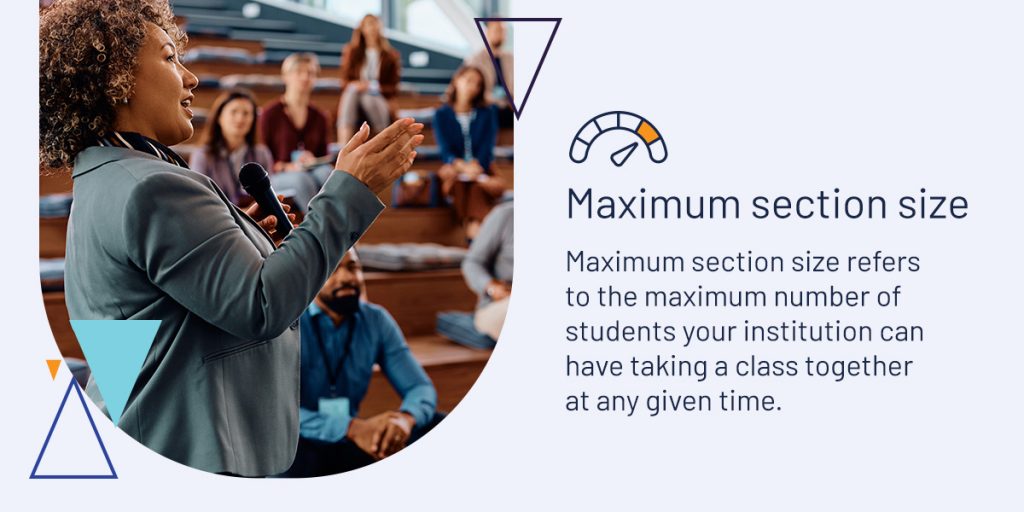
Maximum section size refers to the maximum number of students your institution can have taking a class together at any given time. Factors influencing maximum section size include teaching quality standards and available room size. If your campus has larger classrooms or hybrid instruction and your lecturers use methods like project-based learning (PBL) to engage larger groups effectively, your institution will have a larger maximum section size and a greater instructional capacity.
This requires balance, though, as many institutions cap maximum class size to ensure personalized attention remains available for each student. Multisection schedules where two sets of students take the same course during the same semester but in different time slots can help keep class sizes small enough for quality engagement.
Section fill rates
Some institutions may lean on multisection solutions too heavily, splitting sections sooner than educational quality and infrastructure require. This can lead to institutions investing twice the necessary teaching work hours. When fewer sections could deliver a similar-quality learning experience to each student, consolidating sections saves time, money, and space.
Analyzing how full each section is compared to its capacity can help faculties identify these consolidation opportunities to maximize instructional capacity. On the other hand, where this analysis reveals sections that are full beyond capacity, splitting them can improve educational quality.
Course completion and graduation rates
Your course completion and graduation rates can indicate how close your courses are to their capacity. If these rates exceed your targets for a course, that course likely has room for more students. If a course is underperforming in these dimensions, it may be beyond capacity, though other factors could contribute to poor completion rates.
Financial resources per student
You can calculate this KPI by dividing your total budget for teaching and student support by your institution’s student population. You can also run this calculation at the program or class level and compare courses.
If you know the average cost to take a student from enrollment to graduation while meeting your quality standards, you can gauge how much instructional capacity your institution has from a financial viewpoint compared to present enrollment. Access to additional revenue or improving the cost-efficiency of instruction in your programs can enhance your instructional capacity.
Retention rates
A high retention rate is a strong indicator of effective teaching, reliable support, and satisfied students. Programs with excellent retention rates likely have room to expand, while programs with poor retention rates may lack the capacity to serve the students already enrolled.
Student satisfaction
Student satisfaction scores often correlate with retention rates, and these scores can also help you understand your instructional capacity. Course evaluations and student surveys are effective tools for monitoring student satisfaction as an instructional capacity KPI. Incorporate various question types to check how students feel about:
- Their lecturer’s responsiveness to questions and concerns.
- The amount of instructor attention available to them in class.
- The availability of student support resources like academic advice and accessibility services.
- The quality of in-class instruction.
- The usefulness of feedback on tasks and assessments.
10 strategies to build instructional capacity at your institution
Instructional capacity is the product of the resources you have and how well you use them to accommodate students. This means you can build instructional capacity by expanding your resources or achieving a greater impact with those you have. The following are 10 of the most effective and scalable strategies for improving instructional capacity.
1. Prioritize professional development
While recruiting more lecturers can help, professional development initiatives can improve capacity by empowering faculty to become more effective and efficient at their work. Earning an institutional reputation for professional development opportunities can also help attract and retain top faculty.
2. Provide holistic student support
Beyond the classroom, a growing student population needs a broad range of support resources to succeed. Investing in these resources can equip your institution to serve a larger, more diverse student community. Key student support resources for building instructional capacity include:
- Academic advice
- Translation services
- Accessibility services
- Tutoring and mentorship programs
- Mental health counseling
- Financial aid
- Child care facilities
3. Offer flexible learning
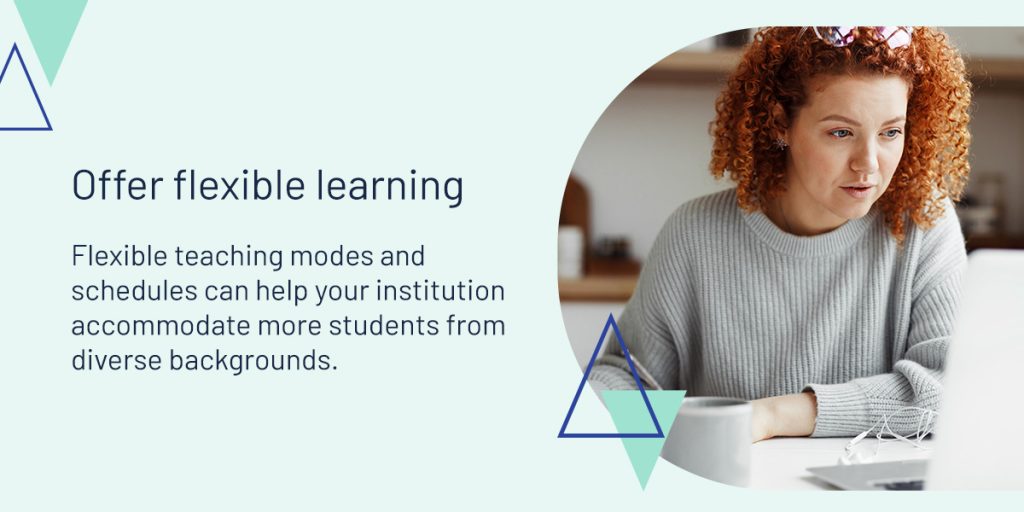
Flexible teaching modes and schedules can help your institution accommodate more students from diverse backgrounds. If your institution incorporates some online or nighttime courses, nontraditional students with work or family responsibilities could attend without affecting the space and time available for traditional classes.
4. Streamline administrative processes
The less time your administrators, teaching faculty, and students need to spend on admin processes, the more scalable those processes become. Explore software to accelerate enrollment, faculty credentialing, accreditation reporting, data collection, and other institutional processes.
5. Implement curriculum mapping
Curriculum mapping is a tool for continuous curriculum improvement that can enhance student success, course completion, and, in turn, instructional capacity. To implement curriculum mapping for optimal results, you can:
- Define learning outcomes for each course, considering industry and student needs.
- Lay out each course’s lesson topics, teaching methods, and assessments.
- Use a mapping template to look for any content gaps or misalignments between content and outcomes.
- Note and correct these issues with curriculum revisions.
- Review curricula often to respond to student feedback and remain relevant.
6. Revisit resource allocation
Instructional capacity often varies from one program to another, so program-specific data can highlight courses where resources are most needed and those where available resources are underutilized. These insights can guide more strategic resource allocation. For example:
- Courses with high section fill rates and poor student success metrics may be beyond capacity and need further investment or restructuring to better serve students.
- Courses with low section fill rates and excellent student success metrics could attract more students through marketing investments, or shed resources like classroom space to other courses.
7. Engage in strategic marketing
Strategic marketing campaigns can highlight success stories and the excellent student experience in your programs. Focus your marketing efforts on any programs currently below capacity. The additional revenue from increased enrollment in these programs can help bolster your faculty, technologies, and infrastructure in courses where capacity is lagging.
8. Expand educational infrastructure
Expanding or renovating lecture venues to accommodate more or larger classes can enhance instructional capacity. These projects can be expensive and time-consuming, though, so explore opportunities to expand digital infrastructure as well. Your institution’s digital infrastructure could include an LMS, virtual classrooms, cloud storage for course materials, and digital assessment tools.
9. Leverage data for insights
Identify the KPIs most relevant to your capacity-building strategies and implement systems to collect, organize, and analyze data related to these KPIs. For example, instructional capacity correlates with grades, retention, satisfaction, graduation rates, and other key metrics that innovative student success software can help your institution track. By analyzing these data points, you can discover the programs most in need of increased instructional capacity and the resources most critical to helping these programs grow.
10. Invest in efficient software systems
Software tools are among your institution’s most scalable resources, and choosing the right tools can improve the quality and efficiency of faculty work. To optimize instructional capacity, look for software solutions that help you:
- Track student satisfaction and success metrics.
- Collaborate on curriculum planning and improvement across programs.
- Survey your students for feedback on their educational experience.
- Streamline faculty review, accreditation, assessment, and other administrative tasks.
Optimize your institution’s instructional capacity with Watermark
The journey to optimal instructional capacity can be a complex one. It requires insights into every resource your institution has and effective strategies for mobilizing these resources to serve students. If your institution needs data-driven insights for optimized instructional capacity, partner with Watermark.
The Watermark Educational Impact Suite (EIS) is a cutting-edge software toolkit with solutions for student success, course evaluations, curriculum planning, assessments, accreditation, and professional development. All these tools integrate with your existing digital infrastructure and one another for a smooth, centralized experience. Navigating from a single platform, your administrative, teaching, and support staff can access clear insights to serve a growing student population.
Contact us for a free demo of the EIS to discover new horizons for instructional capacity at your institution.
